Ecotourism did not predispose grizzly bears to subsequent conflict
Grizzly bears detected at ecotourism sites are less likely than predicted by chance to encounter conflict.
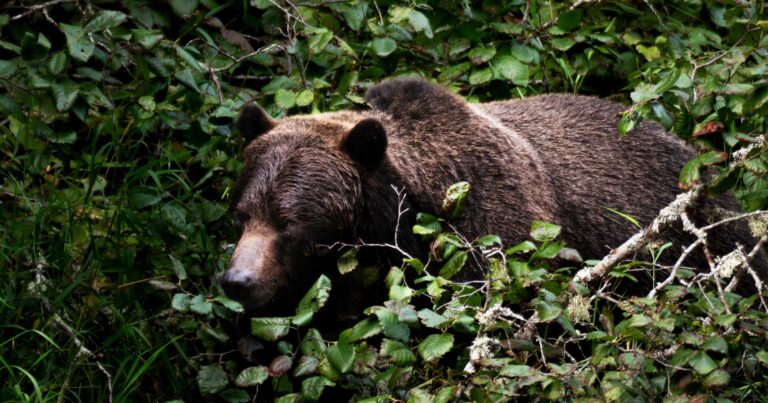
Grizzly bears detected at ecotourism sites are less likely than predicted by chance to encounter conflict.
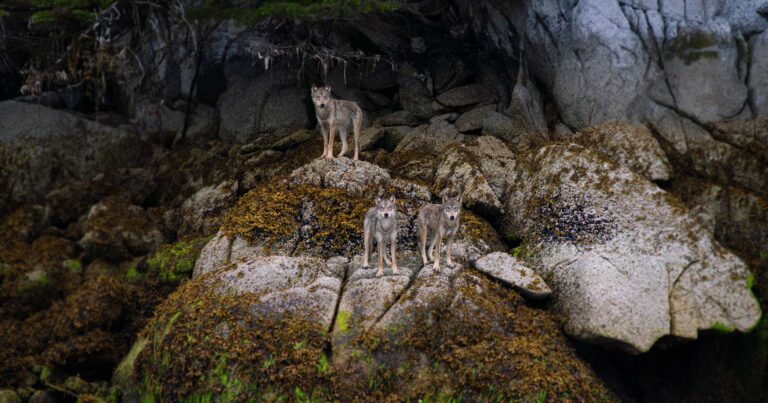
We have completed our analysis of inbreeding across Resident killer whale populations, yielding some interesting results.

We know that old-growth forests provide many important services to coastal species, but when these environments are changed, how does the age, diversity, and structure of these forests influence wildlife communities? Over the past 14 months, a network of wildlife cameras in Heiltsuk Territory has been collecting images of coastal species so that managers and…
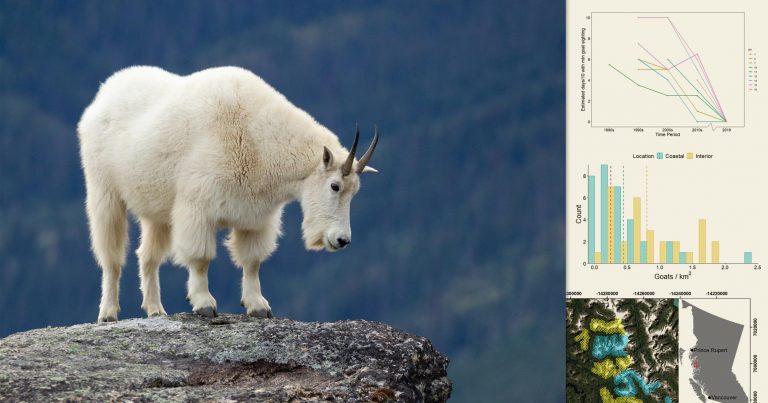
The first signs happened decades ago. KXN community members began to report a decline in sightings of goats once frequently seen from river valleys and the ocean. These patterns were alarming, given the immense cultural value of goats to the Kitasoo Xai’xais people.

Recent projects highlight a couple recent and tangible ways in which our research supports not only human-wildlife coexistence but also renewed self-determination by Indigenous governments.
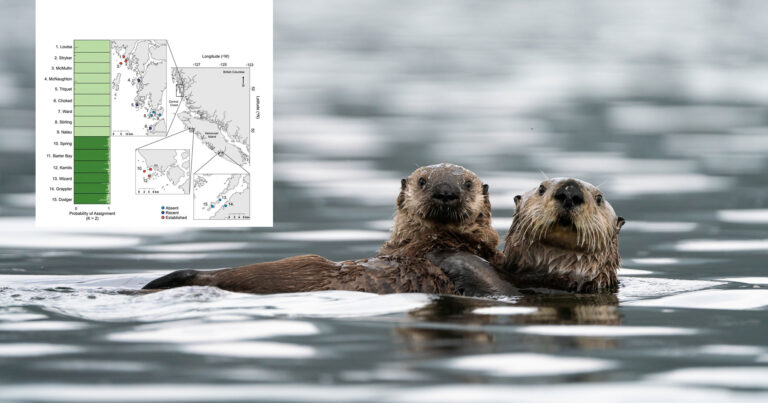
Contrary to how it may appear, it turns out that sea otters ripping up eelgrass actually does the plant – and the nearshore ecosystem – a favour.
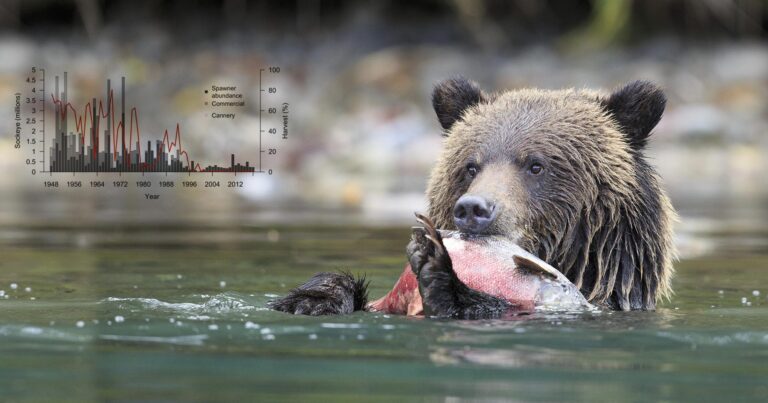
Guided by the Wuikinuxv principle of n̓àn̓akila (to keep an eye on something or someone; a protector or guardian), a new study shows how fisheries managers can allocate salmon for wildlife, while balancing the needs of local communities.

In the landscape on the central coast of what is now known as British Columbia, genetic analyses have identified three distinct genetic groups of grizzly bears. The spatial areas of these groups align strikingly well with the geographies of three Indigenous language families (Tsimshian, Northern Wakashan, Salishan Nuxalk). The explanation the research partnership favours is…

The paper, “Intrapopulation foraging niche variation between phenotypes and genotypes of Spirit bear populations,” was published in the open-access journal Ecology and Evolution.

This year’s exceptional winning papers span topics as diverse as spirit bear genetics, coral reef productivity, plants reclaiming mining land and classifying elephants as refugees.

The Islands Trust was created to protect the unique ecosystems of BC’s Gulf Islands, without being given the authority to do so. But rather than protecting the environment from potentially harmful human activities, the Islands Trust is now protecting human activities that harm the environment.

Using tiny salmon ear bones, or otoliths, Raincoast researchers and partners were able to demonstrate that Chinook salmon from Harrison River rely on the Fraser estuary for one to two months while they feed and grow. These findings underscore the critical nature of this habitat for the persistence and recovery of Chinook salmon…